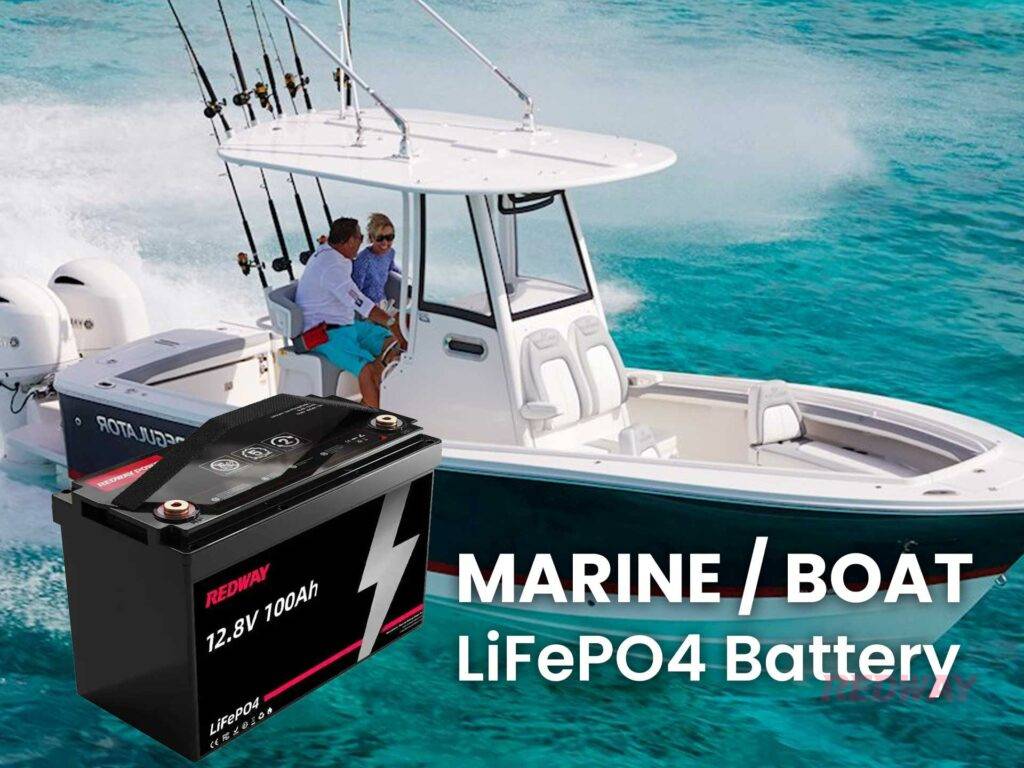Maximizing the lifespan of your LiFePO4 marine batteries is crucial for maintaining the efficiency and reliability of your marine vessel. These advanced batteries offer superior performance, but proper care and maintenance are essential to ensure they last as long as possible. Follow our detailed guidelines to enhance the longevity and performance of your LiFePO4 marine batteries.
Avoid Deep Discharges and Overcharging
Deep discharges and overcharging are among the most common causes of reduced battery lifespan. It is essential to keep the battery within the optimal charge range. Regularly discharging your battery to below 20% or charging it above 100% can significantly degrade its capacity over time. To avoid these issues:
- Use a battery management system (BMS) to monitor charge levels and prevent over-discharge.
- Set up alerts or automatic cut-offs to maintain battery levels between 20% and 80%.
- Avoid leaving your battery fully charged or fully discharged for extended periods.
Use Quality Charging Equipment
The quality of your charging equipment plays a critical role in the lifespan of your batteries. Inferior chargers can cause inconsistent charging and potentially damage the battery. Invest in high-quality chargers that are compatible with LiFePO4 batteries:
- Ensure the charger matches the voltage and amperage requirements of your battery.
- Look for chargers with built-in safety features such as overcharge protection, short-circuit protection, and temperature monitoring.
- Consider chargers that offer multi-stage charging processes to optimize battery health.
Maintain Moderate Temperatures
Temperature control is vital for the health of LiFePO4 batteries. Extreme temperatures can affect the chemical stability of the battery cells, leading to reduced performance and lifespan. Follow these guidelines to maintain moderate temperatures:
- Install your batteries in a temperature-controlled environment.
- Avoid exposing your batteries to direct sunlight or freezing conditions.
- Use insulation or cooling systems if your batteries are in a location with extreme temperatures.
Implement Proper Ventilation
Proper ventilation ensures that your batteries remain cool and operate efficiently. Overheating can shorten the battery’s life and increase the risk of damage. To maintain adequate ventilation:
- Install your batteries in a well-ventilated area.
- Ensure there is sufficient space around the batteries for air circulation.
- Use fans or ventilation systems to enhance airflow if necessary.
Regularly Check Battery Connections
Loose or corroded connections can lead to inefficient power transfer and potentially damage your batteries. Regularly inspecting and maintaining the battery connections is crucial:
- Tighten any loose connections to ensure a secure fit.
- Clean any corrosion from the terminals using a mixture of baking soda and water.
- Apply a thin layer of petroleum jelly or a specialized terminal protector to prevent future corrosion.
Perform Regular Maintenance Checks
Routine maintenance checks can help you identify and address potential issues before they become significant problems. Schedule regular inspections and follow these steps:
- Check for physical damage, such as cracks or swelling.
- Monitor the battery’s voltage and charge levels.
- Ensure that the BMS is functioning correctly.
- Inspect the battery housing and mounting hardware for signs of wear or damage.
Optimize Charging Practices
Proper charging practices are essential for extending the life of your LiFePO4 batteries. Adhere to these best practices:
- Charge your batteries slowly and steadily to avoid stress on the cells.
- Avoid rapid charging, which can cause overheating and reduce lifespan.
- Use a charger with a smart charging algorithm that adjusts the charging rate based on the battery’s state of charge and temperature.
Avoid Rapid Charging
Rapid charging can be convenient but is not ideal for the longevity of LiFePO4 batteries. The high current involved in rapid charging can generate excessive heat and strain the battery cells. To avoid rapid charging:
- Plan your battery usage to allow for slower, more controlled charging cycles.
- Utilize chargers with adjustable settings to limit the charging speed.
- Reserve rapid charging for emergencies only, and ensure that your charger has temperature monitoring to prevent overheating.
Use a Battery Management System (BMS)
A Battery Management System (BMS) is essential for monitoring and protecting your LiFePO4 batteries. It helps prevent overcharging, over-discharging, and overheating, ensuring optimal performance and longevity:
- Ensure your BMS is compatible with your specific battery model.
- Regularly update the BMS firmware to benefit from the latest features and improvements.
- Configure the BMS settings to match the manufacturer’s recommendations for voltage and temperature thresholds.
Follow Manufacturer Guidelines
Adhering to the manufacturer’s guidelines is crucial for maintaining your batteries’ health and performance. Each battery model may have specific requirements and recommendations:
- Read and understand the user manual provided by the manufacturer.
- Follow the recommended charging and discharging protocols.
- Use only approved accessories and replacement parts to avoid compatibility issues.
By incorporating these practices into your maintenance routine, you can significantly enhance the lifespan and overall performance of your LiFePO4 marine batteries. Regular attention to these details ensures that your batteries remain reliable, efficient, and ready to power your marine adventures.





